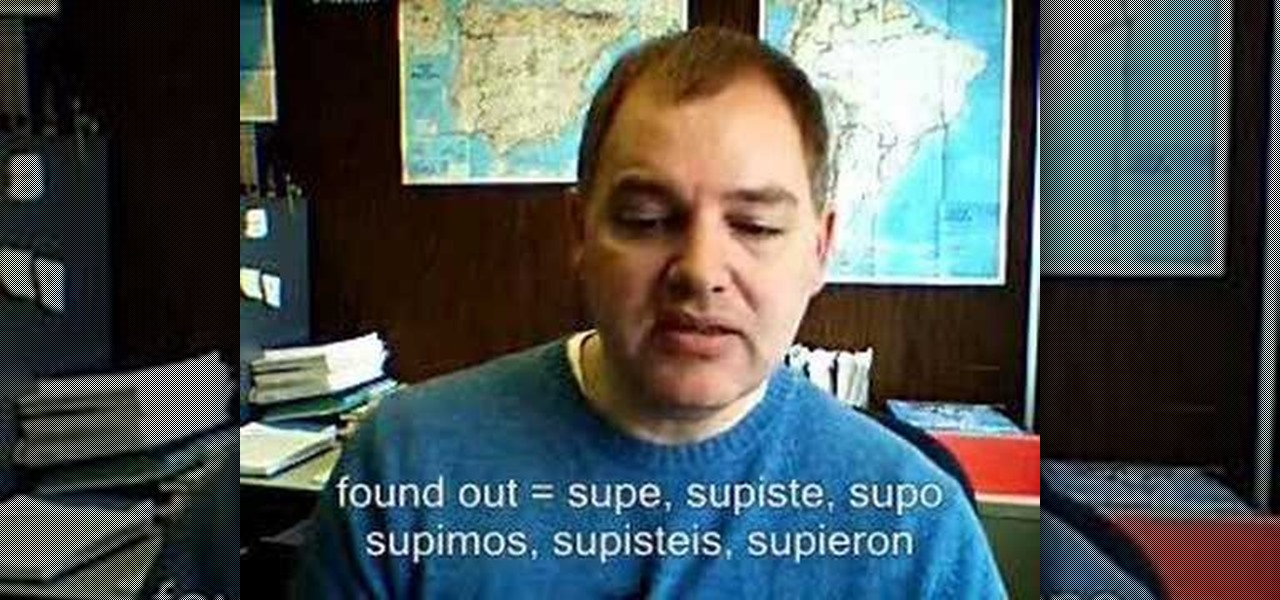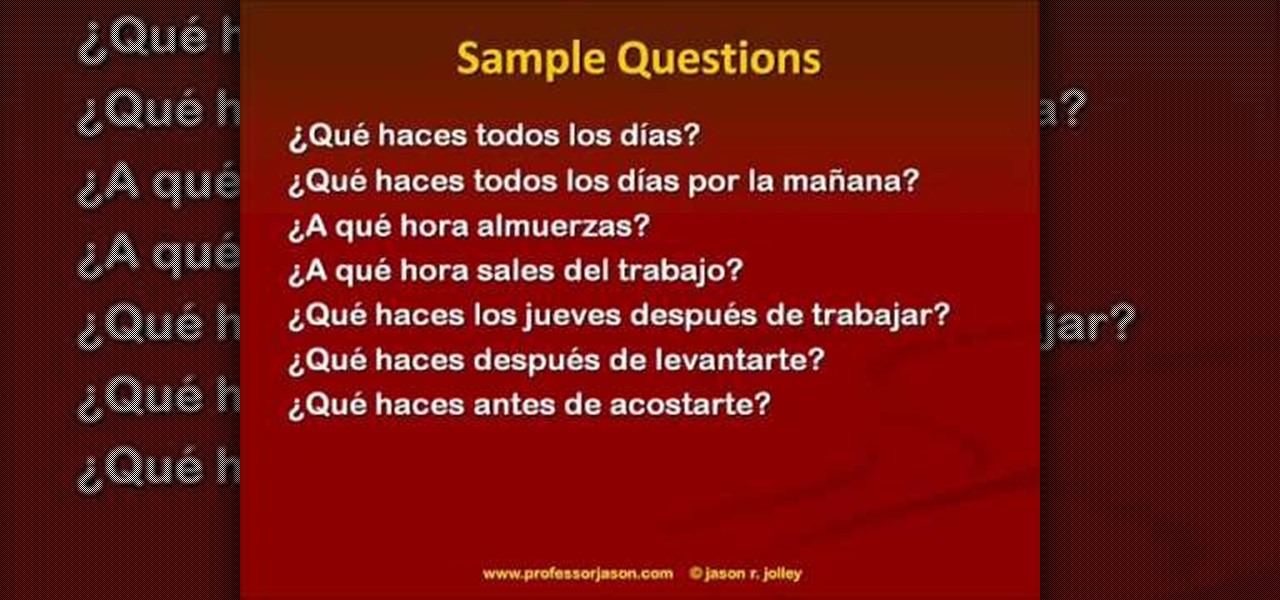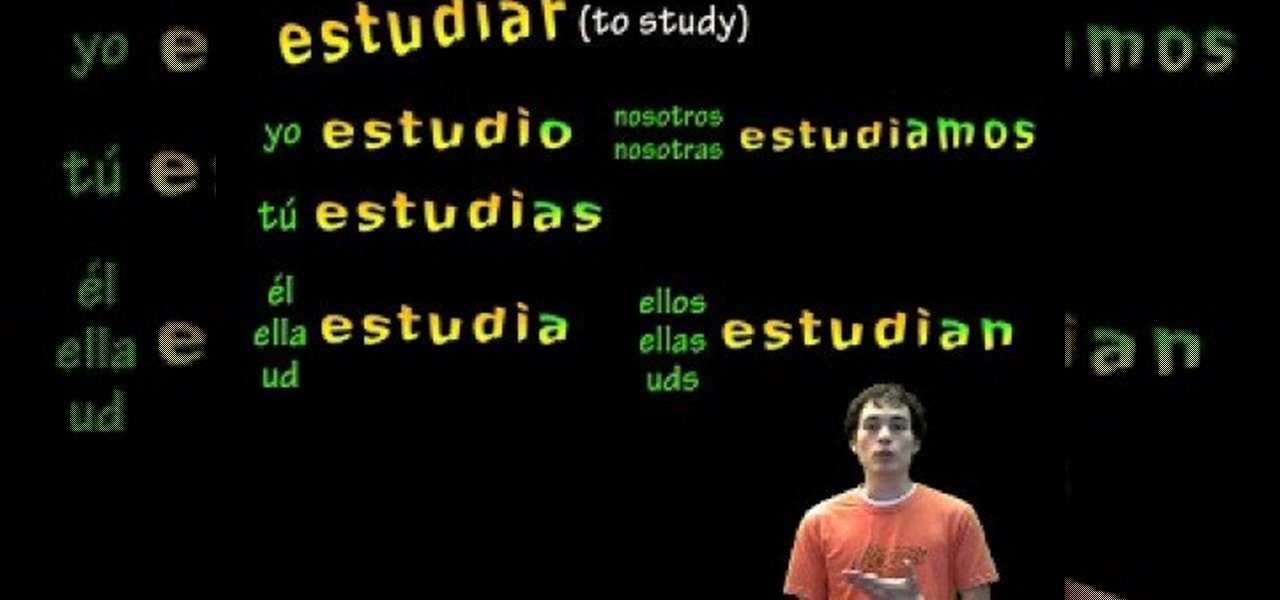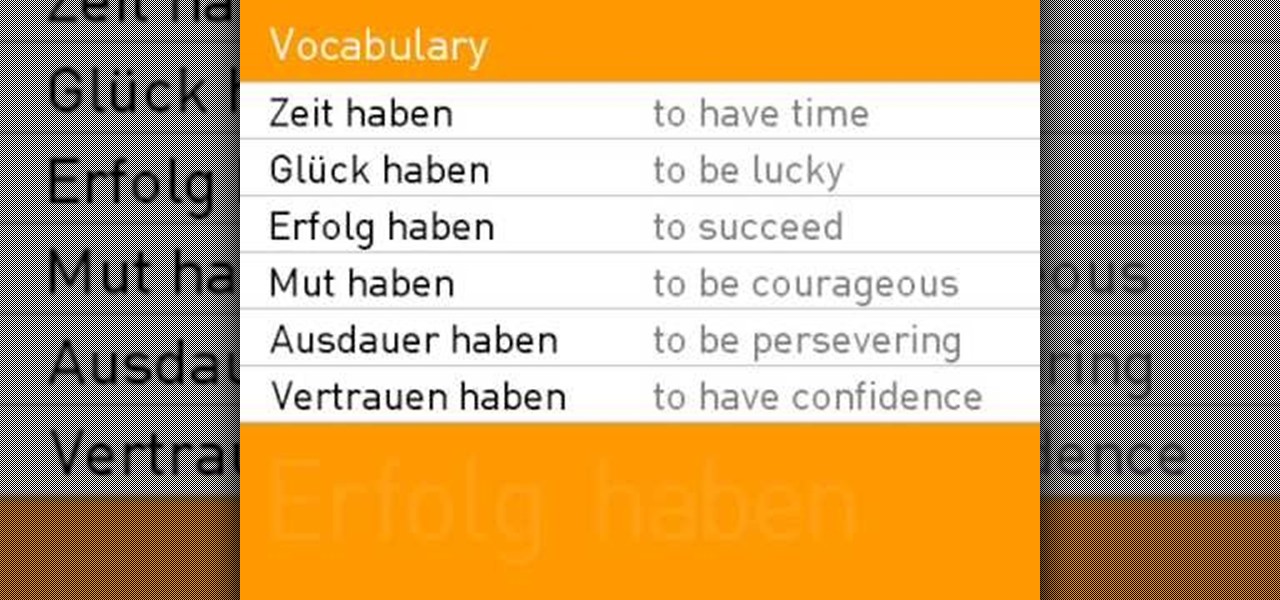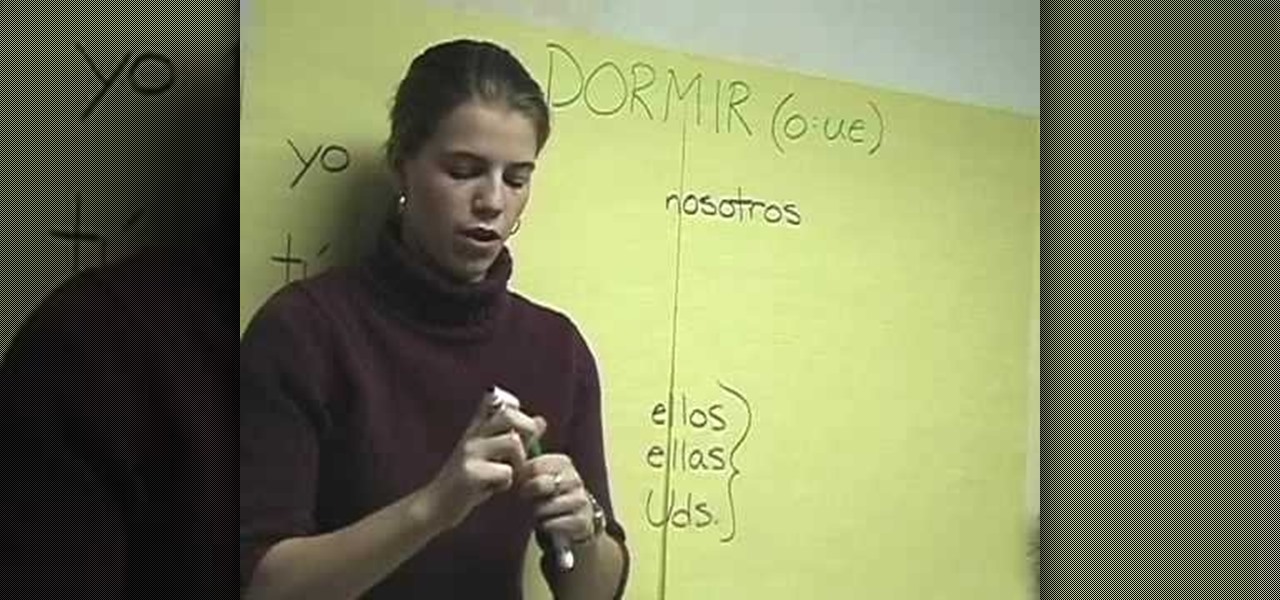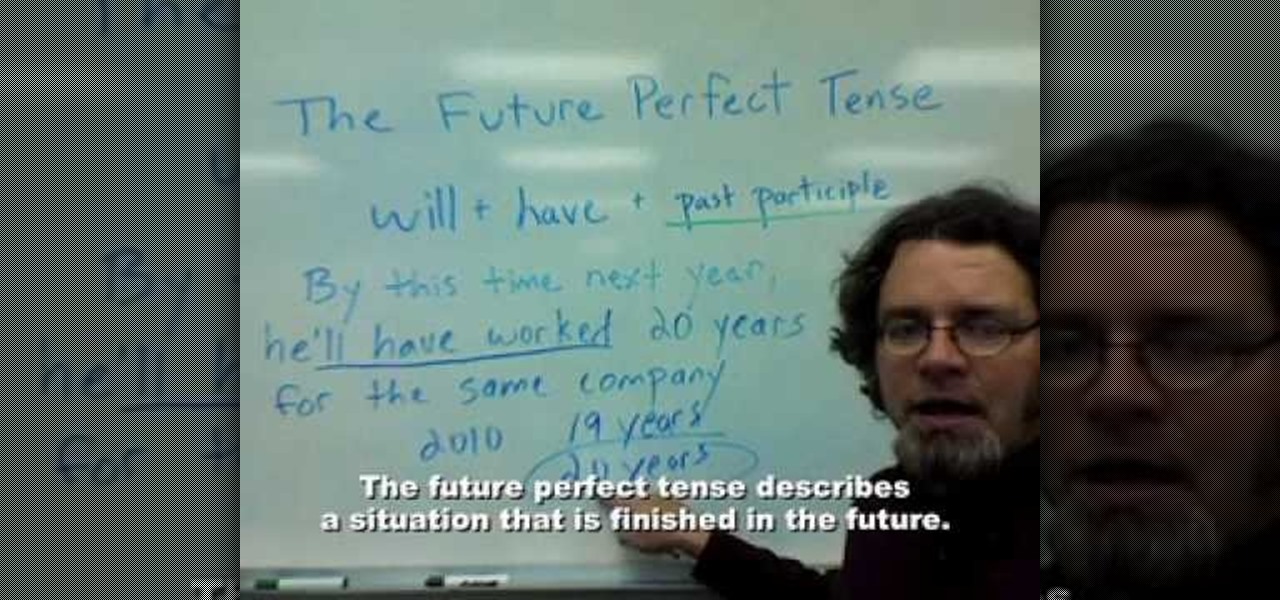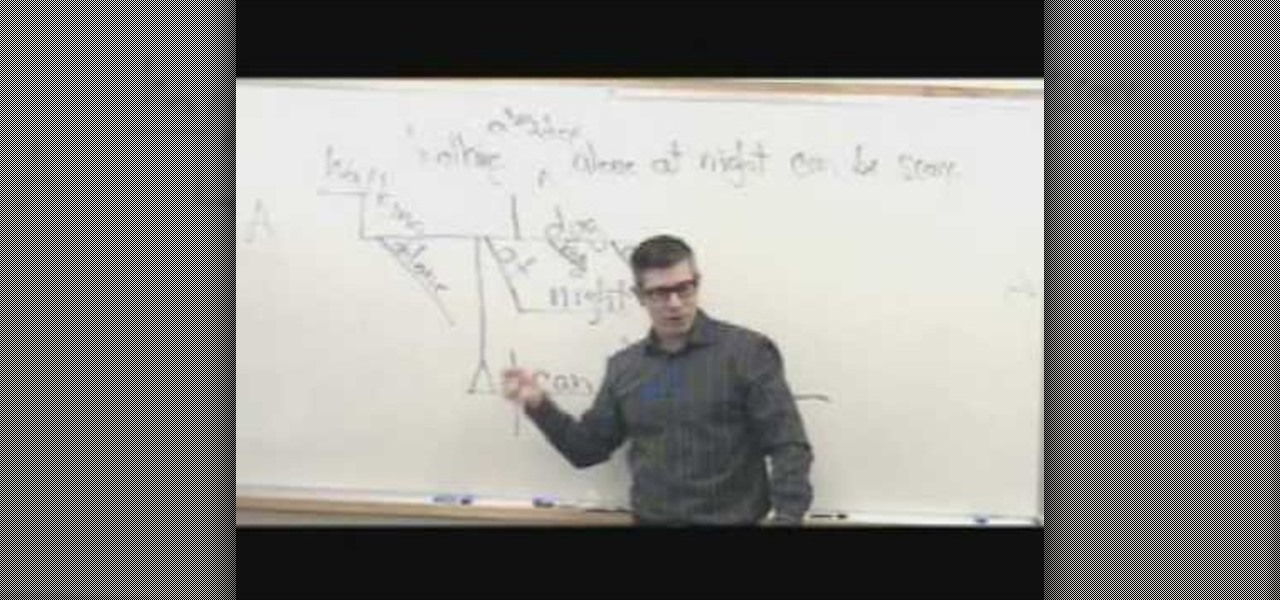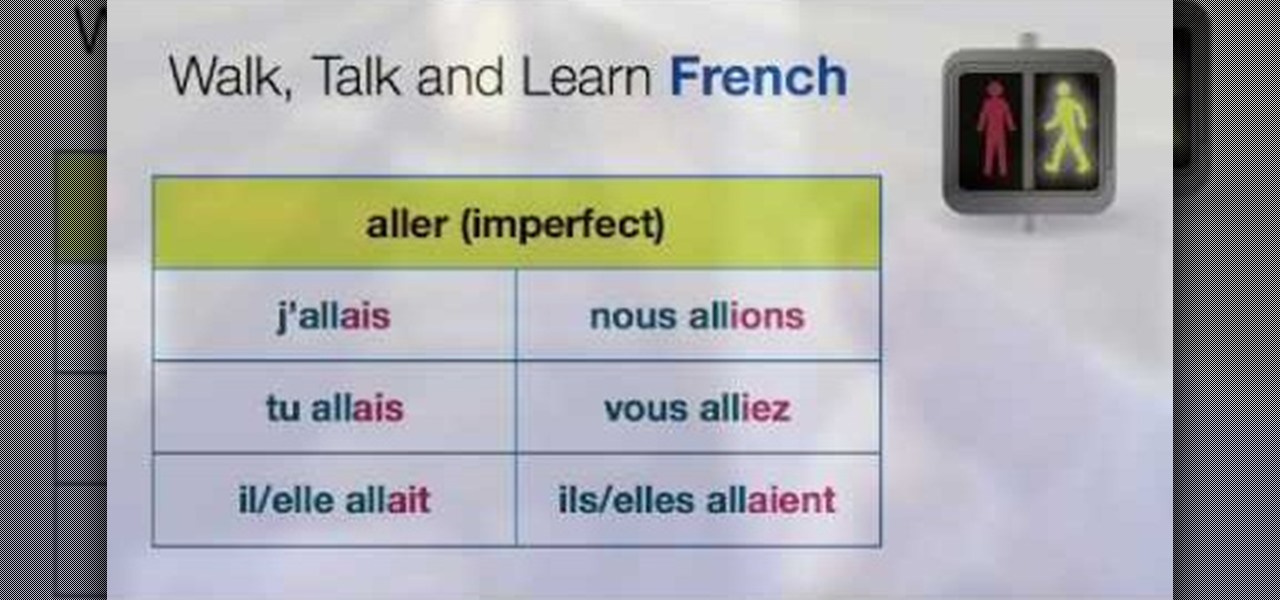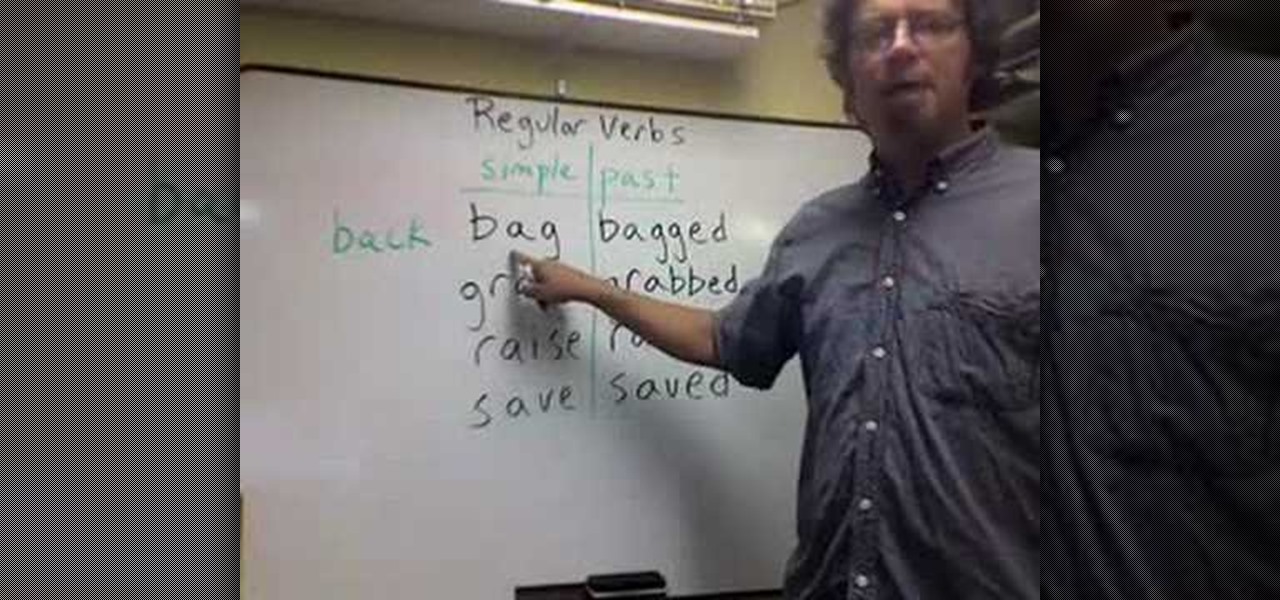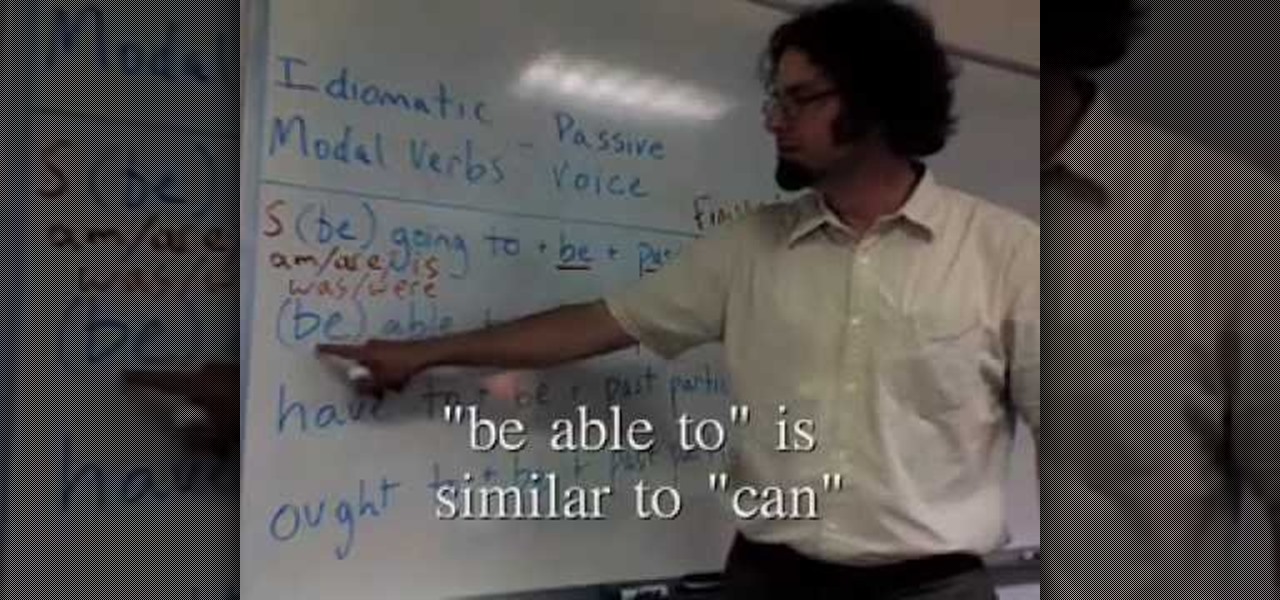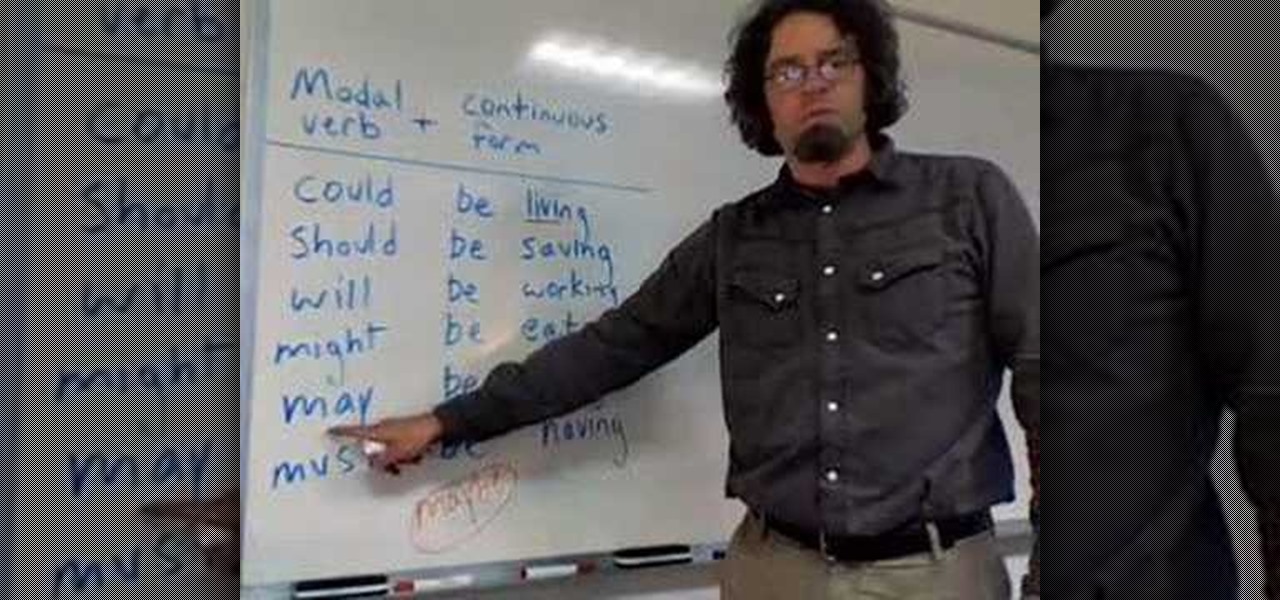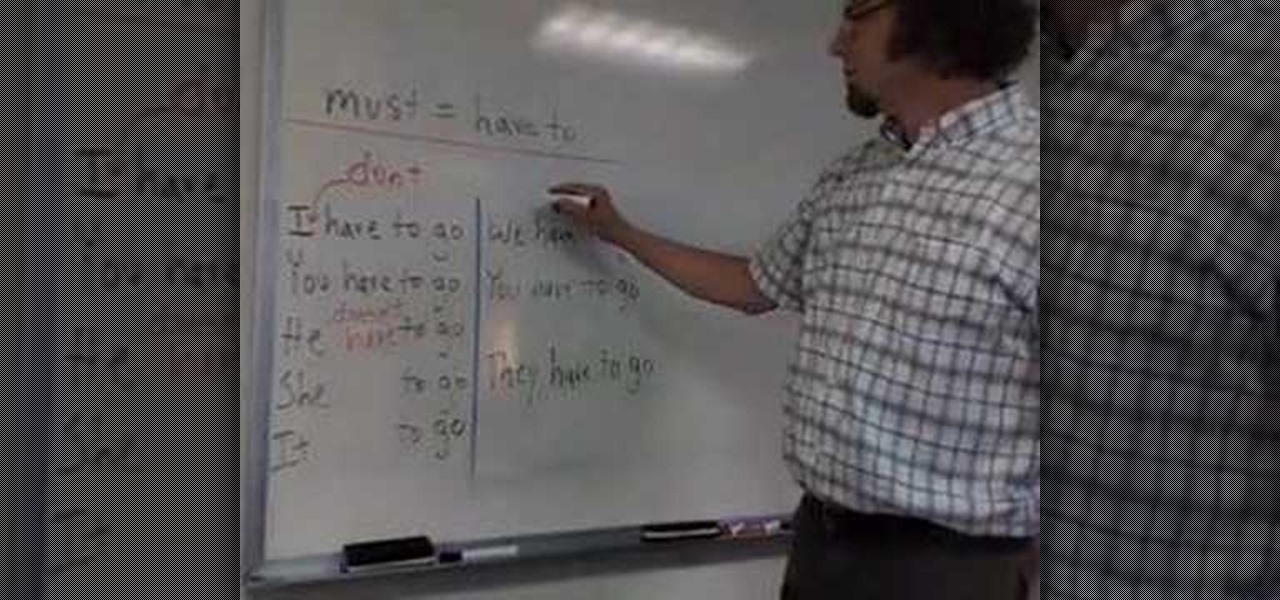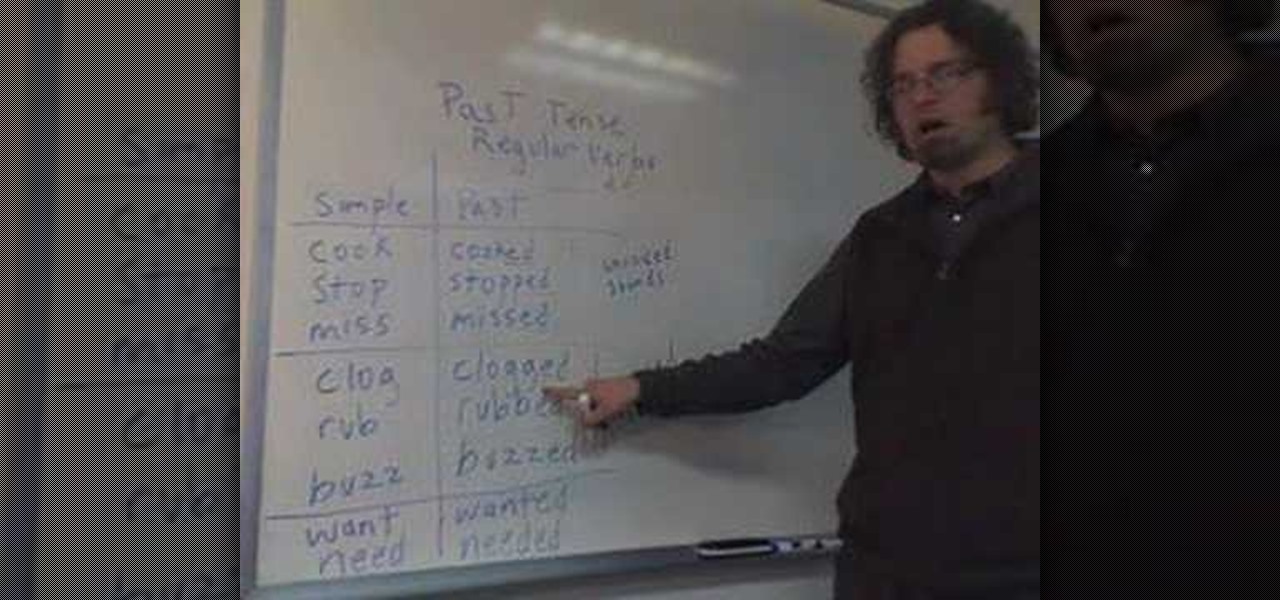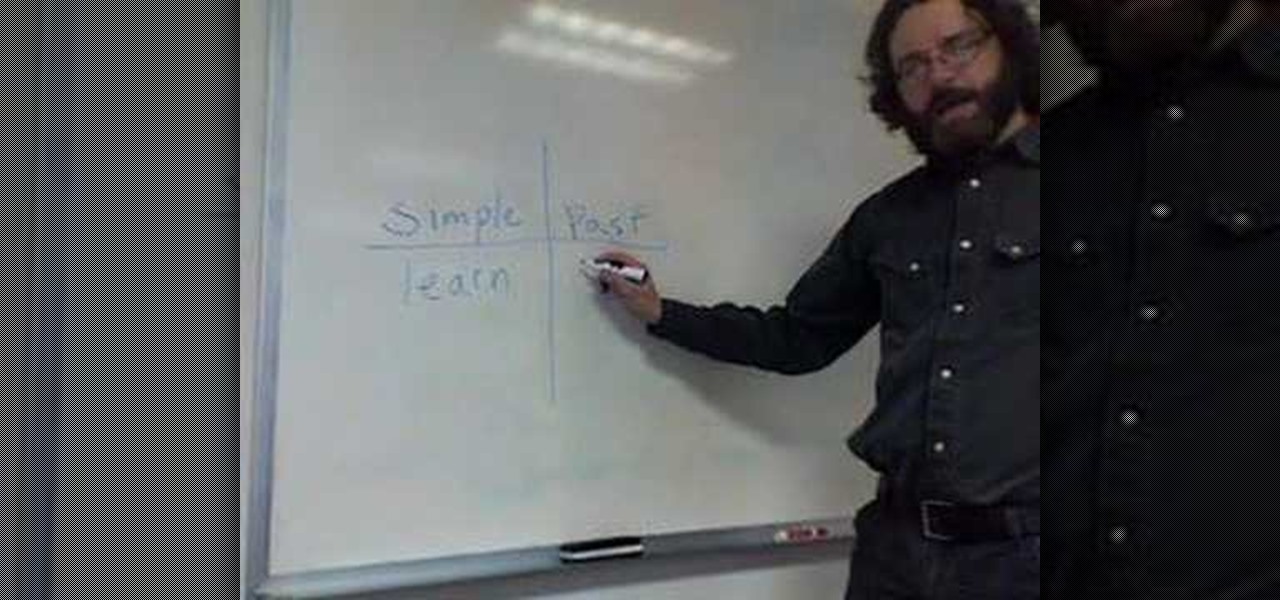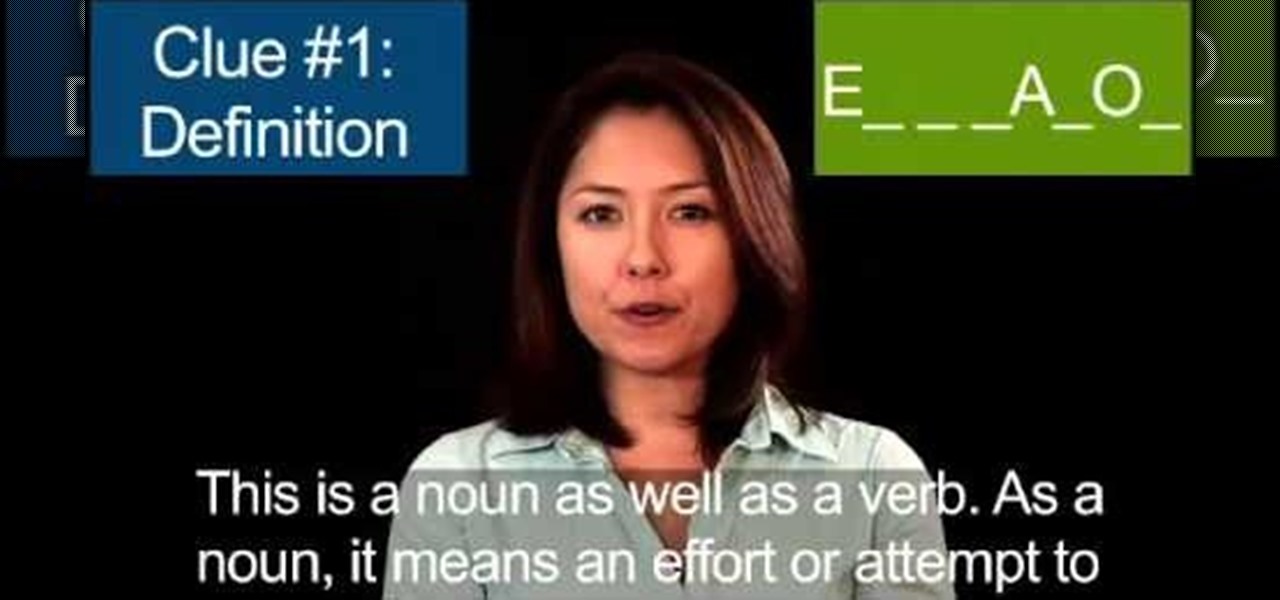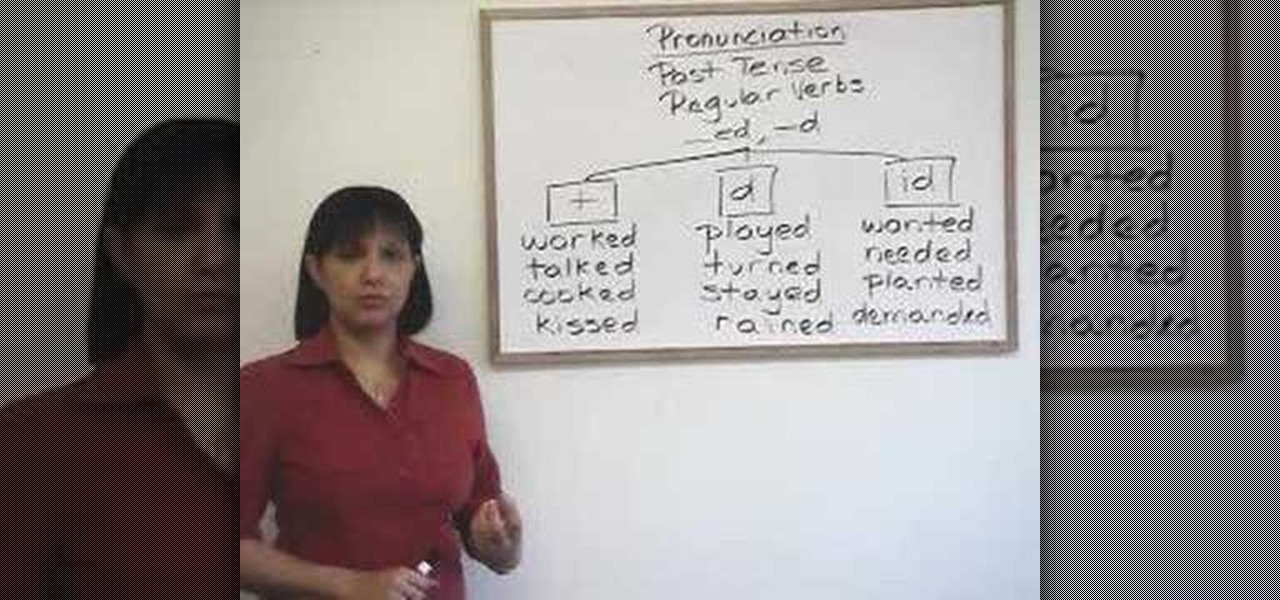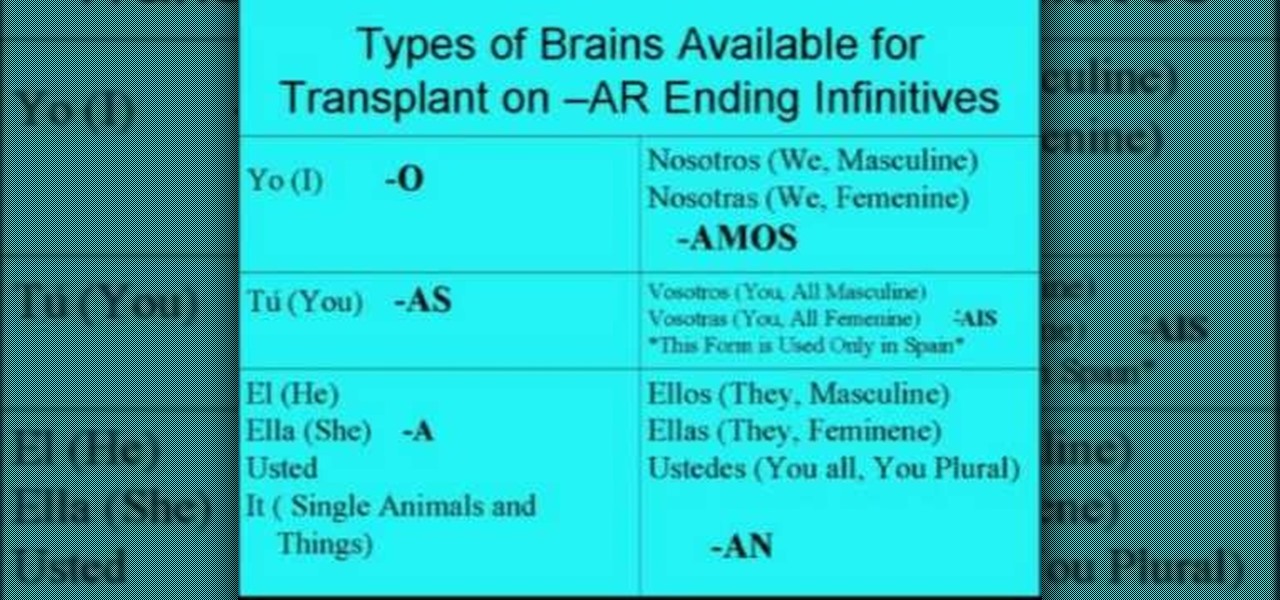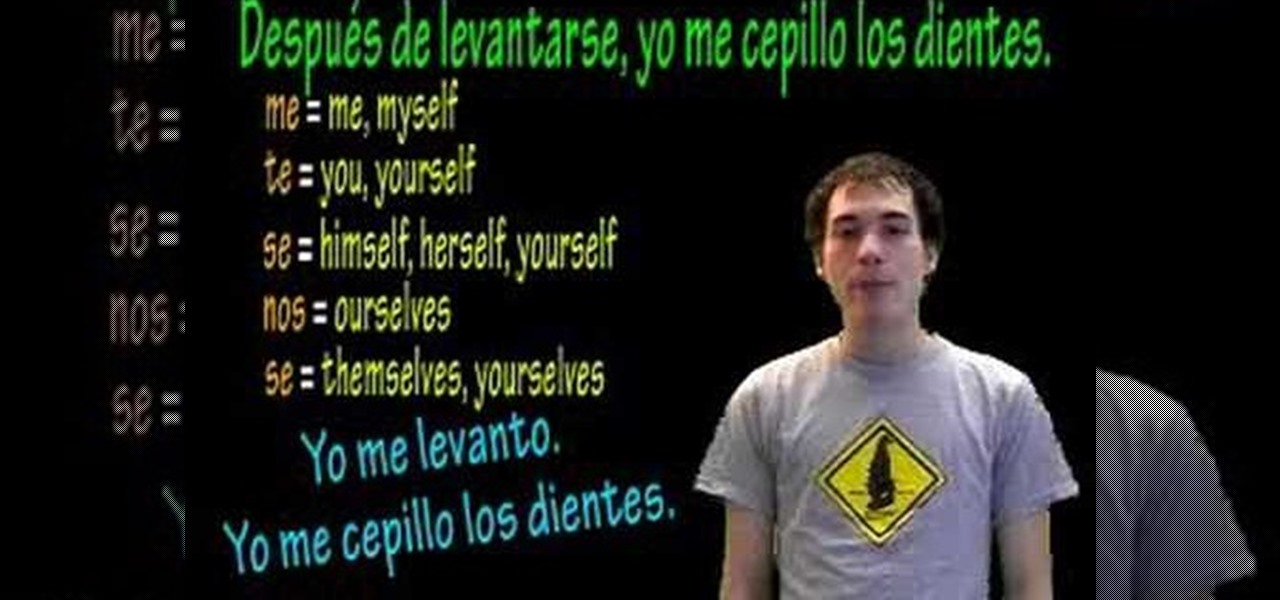
In this video, we learn how to speak Spanish: Antes de / DespuŽs de + verbs. When you say "antes de" this means before and "despues de" means after. Saying these in sentences can help describe doing something at a specific time. The formula for this is to have the "antes/despues de" + an infinitive. Learning some basic reflexives can help you describe what you are doing. For example, "levantarse" means to get up. You will change the tense of the verb depending on when you did it, then change ...
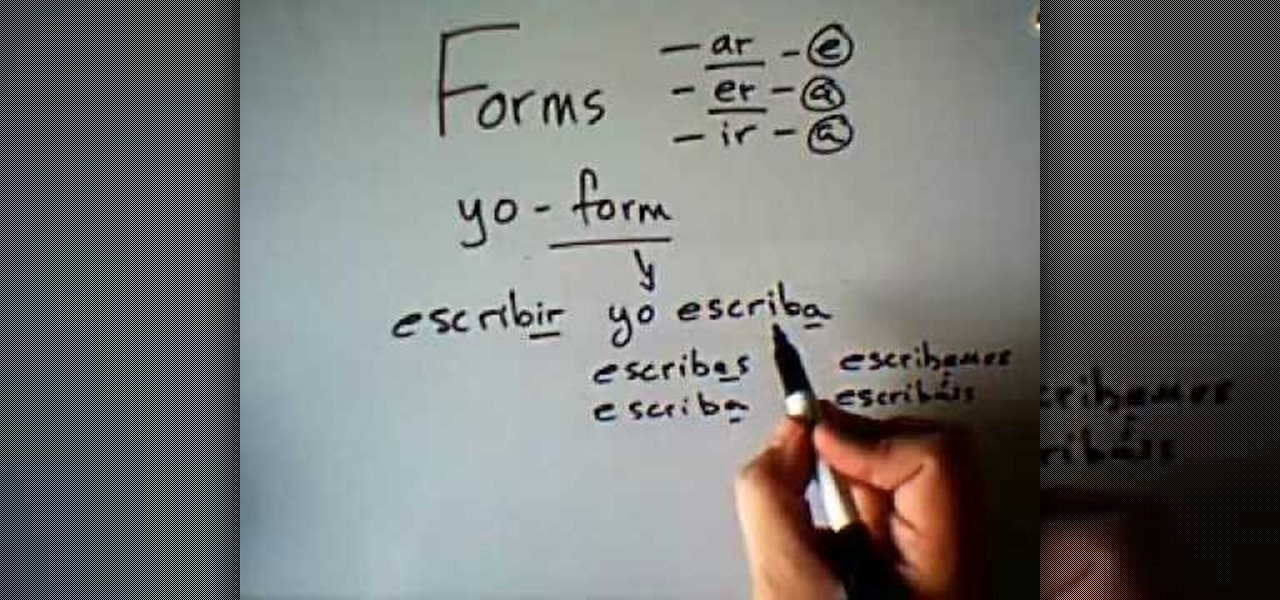
In this video, we learn how to speak Spanish: Subjunctive with verbs of volition. Volition is requests when someone asks, needs, or wants something. To form these, you must first take the "yo" form and remove the final "o". Then, you will add in the opposite vowel endings. For example, with "yo hablo" you would say, "yo hable" or "hables". This will change if you are talking about a group of people, one person, or a formal group of people. A verb with the "er" ending will change to "a" or "es...
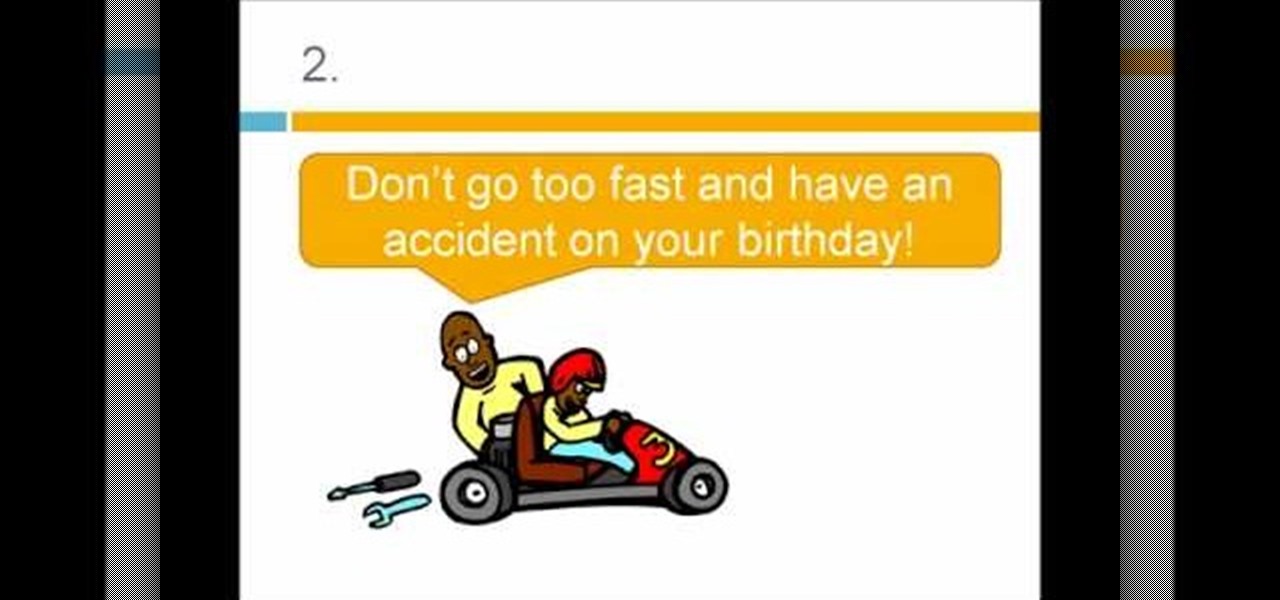
In this tutorial, we learn how to speak English: Imperatives or reporting verbs. Imperative sentences are sentences like "open it!", where you are asking someone to perform an action. You can also say this in a nice fashion, asking "please open it". There are many different forms of imperative sentences, which include: commands/orders, directions, instructions, requests, and warnings. All of these different types of sentences are asking someone to do something, just changing up the way they d...

In this video, we learn how to speak Spanish using present tense AR verbs. "Nosotros" means "we", "nosotras" means we as well, it's just talking about a female while the other is talking about a male. Common "ar" verbs include: necesitar, patinar, practicar, terminar, tocar, trabajar, nadar, hablar. These mean (in order): to need, to skate, to practice, to fish, to play, to work, to swim, and to talk. When you are talking about a male, female, or group of people you need to change the last pa...
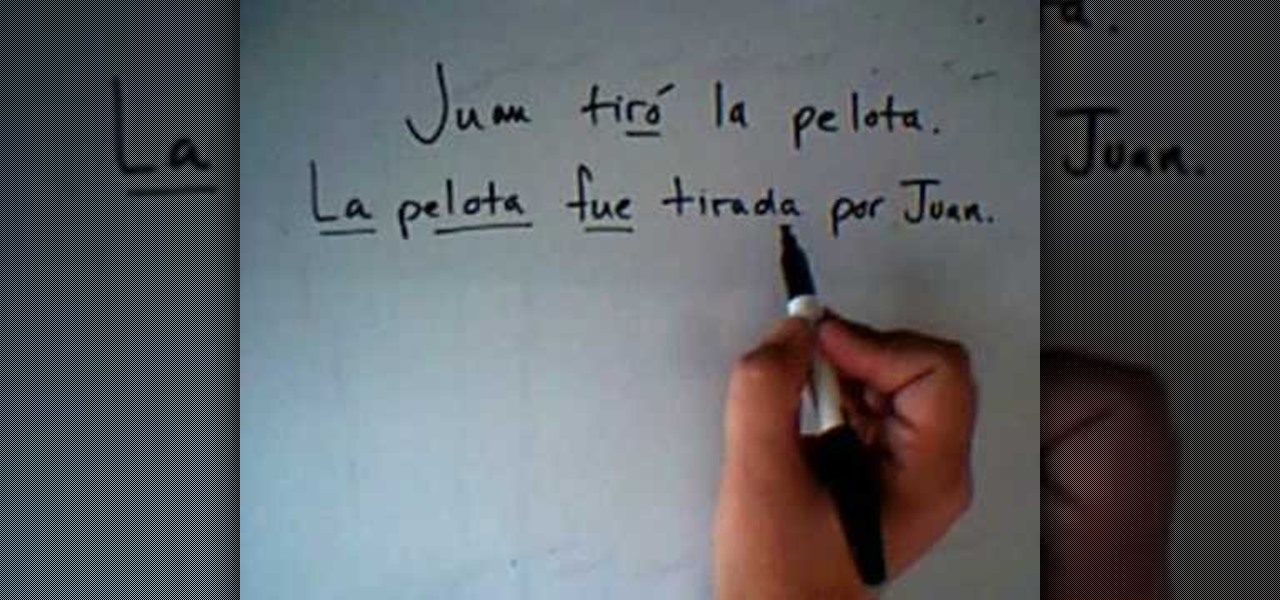
In this video, we learn how to use the passive voice in Spanish. The first way to use the passive voice in Spanish is to use "ser", the second is by using "se". First, recognize the subject, verb, and object in your sentence. Now, write your sentence using a passive voice, making the object the subject and change the tense of the verb. This is very easy to do and basically just flips the sentence around and changes out the tense of the verb. This will change the sentence into the passive voic...
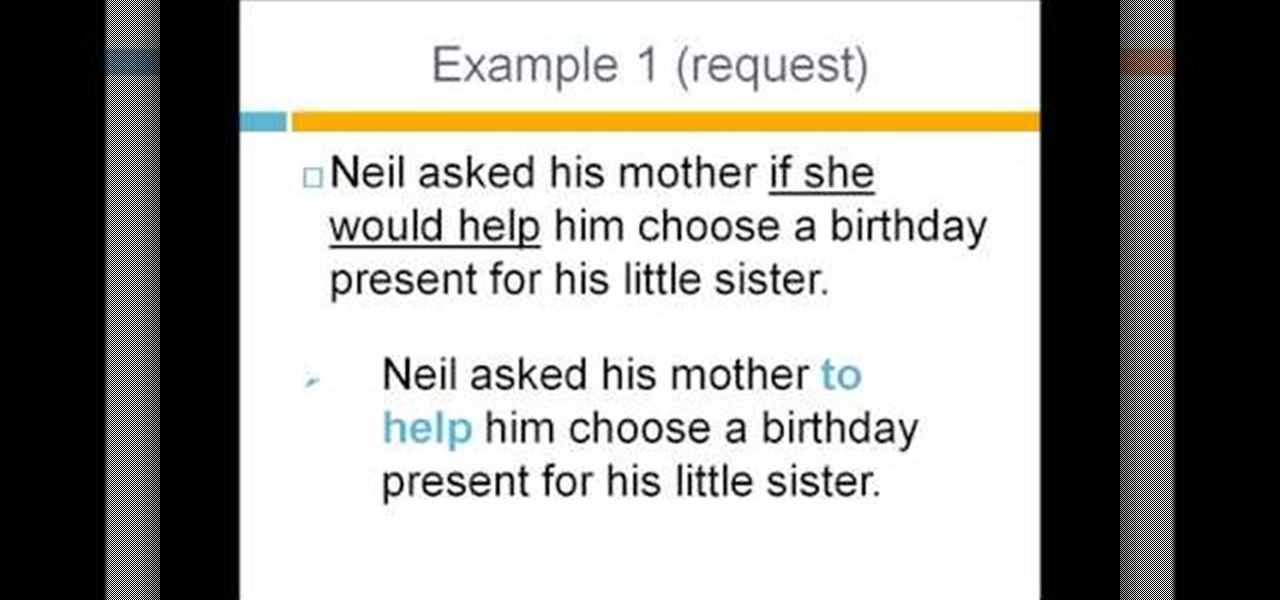
In this tutorial, we learn how to speak English using infinitives for questions. First, you need to be able to identify reported questions inside of a conversation. Infinitives include words like "to go", "to buy", "to find". They are formed by saying "to" + the verb. "Wh" infinitives are simply at the beginning of infinitives, like "where to go", "when to buy", and "how to find". Use infinitives to report questions that have modal verbs such as "should" and "can" depending on what the modal ...

Check out this instructional language video and learn about Russian 1b verbs. Learn Russian with Viktor Dmitriyevich Huliganov in his 14th lesson. He introduces a whole new way of tackling the tricky area of conjugating infinitives in Russian. This time he goes over how to call and be called, and this brings you nicely into 1b verbs. Watch this tutorial video that is great for language nerds and advanced Russian speakers who need to polish their skills or looking to improve their proficiency ...

This Spanish video lesson presents forms of regular and irregular verbs in the preterite and imperfect tenses. Watch, listen, and learn.

Learn the phrasal verbs (multi-word verbs): put up, put away, put on and put down in a quick English lesson.

In this video, we learn how to talk about your daily routine in Spanish. First, you need to learn common expressions about doing things. The key verbs that talk about your typical routine include: "despertarse" (to wake up), "levantarse" (to get up), "banarse" (to bathe), and "ducharse" (to shower). These are just a few of the verbs you can use for your daily routine. Other activities include: "estudiar" (study), "cenar" (to have dinner), and "acostarse" (to go to bed). Make sure if you are u...

In this video, we learn how to speak Spanish by using the present tense of AR verbs. For females, "ellas" means they and for males "ellos" means they. To say "you all" you would say "ustedes". For example, the word "trabajar" would knock the "ar" off depending on who was the subject in the sentence. It would be replaced with "o", "as", "a", etc depending on who was being talked about. This goes the same for every verb that ends in "ar". The tense must change when you are talking about singula...

In this video, we learn how to speak English: reported speech with modals. Modal verbs include: must, should, and could. The expressions include: have to and supposed to. By reading the sentences, you will see which words can or cannot be changed. If the word changes the meaning of the sentence, you cannot use it with the sentence. In reported speech, you do not change perfect modals, which are word that are in their past forms. Modal verbs that do change include "can" being switched to "coul...

The word 'haben' is a very common German word, which means, 'to have' or 'to possess.' Depending on the structure of the sentence in which it is used, the verb changes its spelling in one of several ways. This video explains how to conjugate 'haben' in the present tense, and gives you several vocabulary words to study.

Conjugating nouns in German depends not only on tense, but also on the relationship between the subject and the object. This lesson provides a basic introduction to the methods of conjugating regular verbs in German. You are also given a short vocabulary list of food-related words in German to study.

If you are confused in Spanish class, give this tutorial a try. In it, you will learn how to conjugate stem changing verbs in Spanish, using the verb "querer" as an example. Stem changes can be confusing for a first time Spanish learner, but this video can help.

Eva Holz with SAT Confidential demonstrates how to use the right words in the SAT comprehension section. Don't confuse similar words like affect which is a verb and effect which is a noun. The words imminent and eminent may also be tested. Note also the words inferred and implied which also get confused with each other. Also, don't use the wrong idiom. A wrong idiom may often be paired with a preposition. Finally, don't use the wrong verb. Similar words, idioms and verbs are tested most often...

The future perfect tense describes a situation which is finished in the future. This video tells us how we can use future perfect tense easily. It gives us a deep insight through the grammatical aspect of future perfect tense. It shows us how to use the helping verb i.e "will" with the third form of verb to form a statement in future perfect tense. the basic formula for making a correct statement in future perfect tense is "subject + helping verb + past participle (v3). It's easy to remember ...

For those who don't know, a gerund is a noun whose root word is formed from a verb. Anyone interested in brushing up on their grammar skills should view this video by Yossarian on how to diagram gerunds and gerund phrases. Yossarian uses various sentence examples to break down the subjects and verbs to find gerunds and gerund phrases. Learn how to break down the components of any sentence to find the gerund and gerund phrases by following this video tutorial.

This is the eighth episode of "Walk, Talk and Learn French" provided by Radio Lingua Network and it focuses on French verb in the imperfect tense. The video mixes a host providing real life French, while speaking in both French and English, and provides examples with charts and written explanations teaching different verbs. The mix of spoken and written words helps the viewer understand the foreign concepts in a better way.

In English, sentences follow the SVO, subject verb object, structure. Japanese, on the other hand goes by the SOV, subejct object verb, structure. As it's a little counter-intuitive to a non-native speaker, it can make learning the Japanese language that much tricker. Watch this video Japanese language tutorial and learn how to use and construct a sentence following proper formation rules.

Watch this instructional Chinese video and learn the useful verb "To Need" with your Mandarin teacher Benny. Learn to correctly pronounce the phrase and how to use it in context in the Chinese language.

Learn how to pronounce regular verbs in English with this ESL tutorial. In English, the "ed" ending might be a "d" or a "t," depending on what comes before it. Watch this how to video and you'll be speaking English in no time.

In this ESL lesson, an American English teachers shows you how to use "be going to," "be able to," "have to," and "ought to" in the passive voice. These are examples of idiomatic modal verbs in the passive voice. Watch this how to video and you will be speaking English in no time.

Some modal verbs can be put in front of the continuous form to express some present action that is or isn't happening. To make the past tense for each, use "have been" instead of "be."

Learn how to use the modal verb "must" in English. The modal verb "must" is almost the same as using "have to," but often "have to" sounds better in spoken English.

An American English teacher lists modal verbs and briefly explains their use.

This video shows to pronounce regular verbs in the past tense in English.

Learn how to use the simple and past tense forms of irregular verbs in English.

This video shows the simple and past tense forms of regular verbs in English.

Learn how to use the verb "to be" in Portuguese.

Learn some French verbs related to cooking and the kitchen, like "to serve a dish" and "to make croissants."

Today's word is "usher". This is both a noun and a verb. As a verb, it means to escort.

Today's word is "endeavor". This is a noun as well as a verb. As a noun, it means an effort or attempt to accomplish something. As a verb, it means to strive or attempt.

Today's word is "rendezvous". This is a noun and a verb. As a verb, it means to come together or meet by arrangement.

Today's word is "guffaw". This is both a noun and a verb. As a noun, it means a big burst of laughter. As a verb, it means to laugh loudly.

In this ESL lesson, learn how to correctly pronounce past tense regular verbs in English.

This video is shows you how to conjugate Japanese verbs into the te-form. The te-form is useful for connecting sentences, watch and learn.

This lesson continues the teaching of Spanish verb conjugation and it also provides practice exercises. Watch, listen, learn, and practice.

Larry Keim, the host of "Rolling R's", teaches Junior High School Spanish and has created this video podcast to give away Spanish lessons for free. In this show, Larry demonstrates the verb “hacer” which means “to do" or "to make.” He'll go over how to say it and how to use it.

Larry Keim, the host of "Rolling R's", teaches Junior High School Spanish in Mesa, Arizona. He has a passion for Spanish, and he's created this video podcast to give away Spanish lessons for free. In this lesson, Larry shows you how to say “I like . . .” using the Spanish verb gustar.









